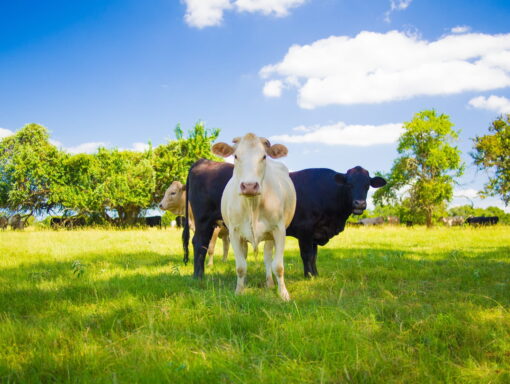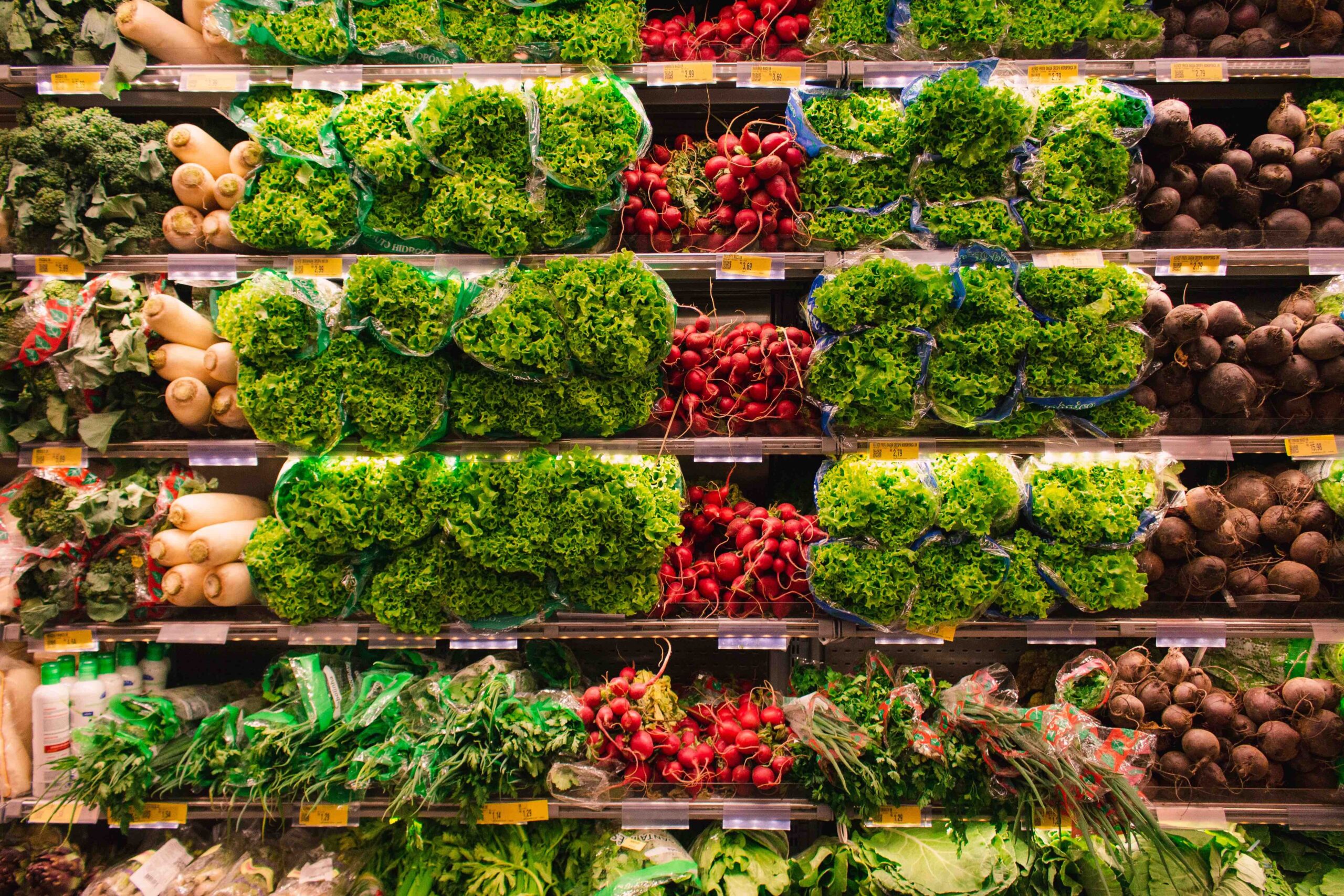No… not crop yields, we are talking about bond yields and rising interest rates. As the Federal Reserve began battling inflation a little more than a year ago with interest rate hikes, Dr. Anderson and I discussed the progression of inflation, interest rates, and the nature of yield curves in a series of articles here on Southern Ag Today. Over the course of the last 14 months, the Fed has incrementally pushed the Federal Discount Rate to 5.25% as of late May 2023, up from 0.25% in March 2022.
In “Careful on the Curves” from July 13, 2022, we described yield curves for Treasury bills/notes. Without repeating too much of that discussion, the yield curve is simply the structure of market interest rates or yields for instruments (treasury bills or corporate bonds) with varying maturity dates. The shape of the yield curve can reveal a sense of what the market expects with regard to inflation and future economic conditions.
Typically, yields increase as the maturity length of a financial instrument increases creating an upward sloping yield curve. This fairly normal yield relationship reflects the expectation that investors require a higher yield to commit to longer-maturing investments but also suggests relative stability in other factors, such as inflation, economic growth, and market volatility.
Figure 1 shows the progression of the yield curve at the end of each quarter from September 2021 through May 2023. In today’s market, we find the unusual (up-side-down) inverted yield curve where long-term yields are below short-term yields. By September 2022, the curve between 3Yr and 10Yr maturities was inverted. In December 2022, the inversion progressed to cover 6Mo to 10Yr maturities. In the first quarter of 2023, longer-term rates declined relative to Q3 & Q4 of 2022. Combined with continued upward pressure from the Fed on short-term rates, today we see the strongest downward sloping curve spanning 1Mo to 10Yr maturities.
There is a well-known quip that economists have predicted 10 of the last 5 recessions. That line is particularly apt in a discussion of the yield curve. An inverted yield curve has frequently been a precursor to recession – that’s why people take notice when it happens. Unfortunately, there is no such thing as a sure thing when it comes to economic indicators; which is too bad because that would make economic forecasting a whole lot easier. What the inverted yield curve tells us for certain is that the current economic situation is particularly uncertain. As we write this, the market is trying to figure out how the government is going to navigate the imminent approach of the debt ceiling limit, whether the Fed will continue on their path of raising interest rates, and what OPEC plans to do with oil production. And those are just a handful of the big-ticket items in play. These significant market events will be taking place within – and being influenced by – a domestic and international political situation that is tense, to say the least. So what is a decision maker to do with the inverted yield curve? The old adage ‘hope for the best, prepare for the worst, comes to mind. More concretely, that means preparing for two or three quarters of recession (e.g., by minimizing exposure to short-run interest rate risk and protecting equity). While a recession is not a foregone conclusion, the probability is too high to prudently ignore.
Figure 1. Treasury Yield by Maturity: Selected Daily Yields, 2021 to 2023












